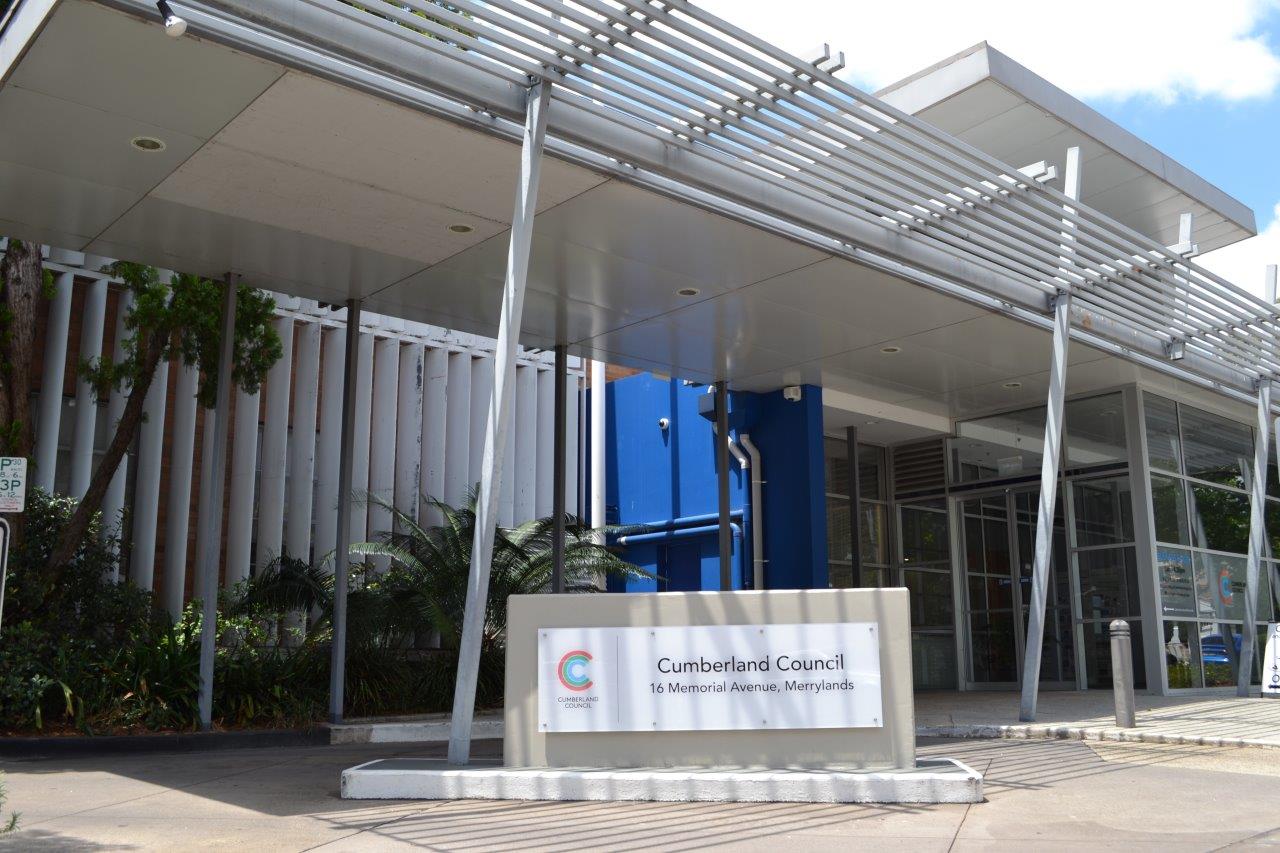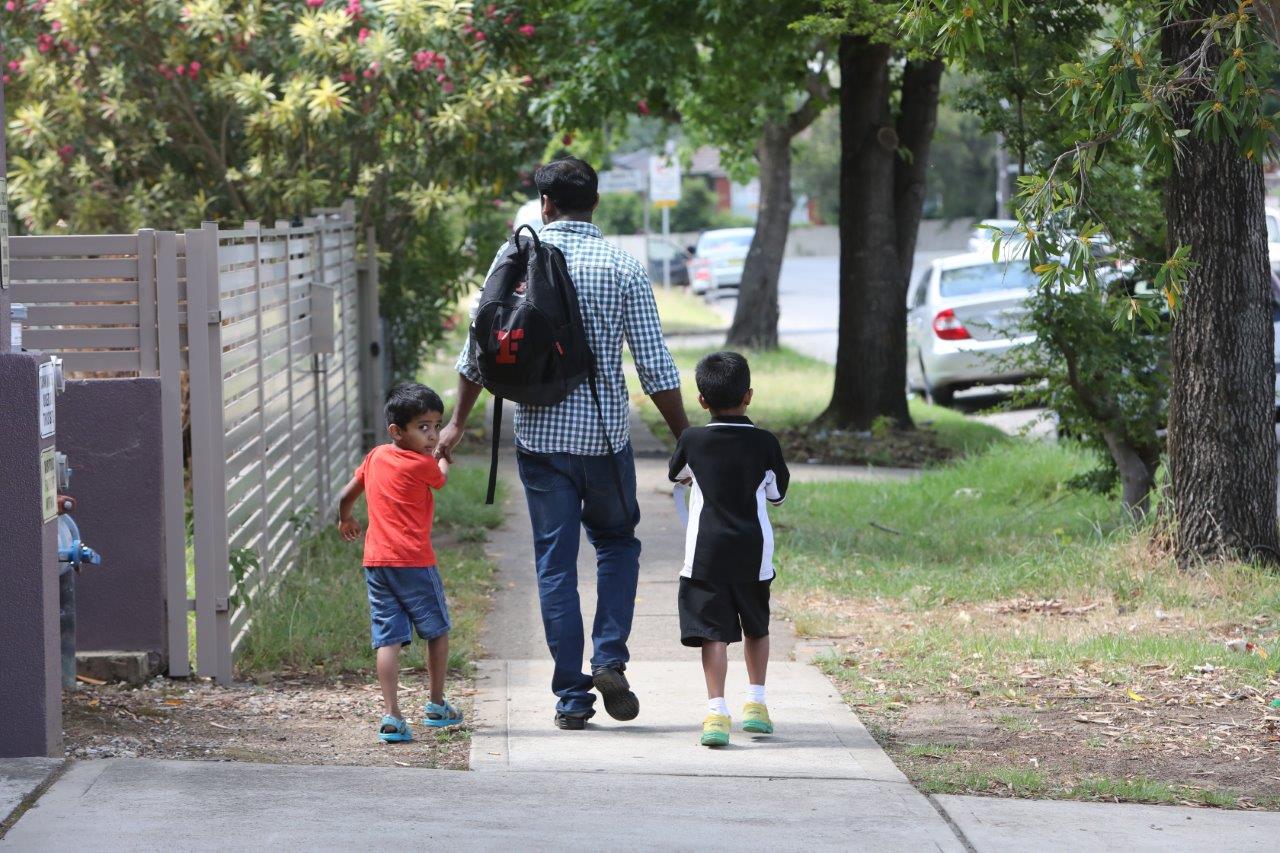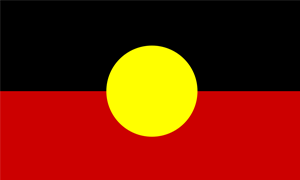
Cumberland City Council has several historic buildings/sites listed on the New South Wales Heritage Inventory.
Explore the map to locate and learn more about their history.
For details on Aboriginal heritage and first settlement of the Cumberland area, see Aboriginal and Torres Strait Islander information.





